Over the past few weeks I’ve received a few requests for portraits to be rendered as oil paintings. This is an effect I use in my work, sometimes more, sometimes less. It’s also something a bit nebulous and difficult to define, which requires communication and back and forth correspondence.
The Unpainted Painterly Portrait
Many Distant Era personal series are photographed with a quality of light reminiscent of paintings, but they’re not paintings at all; for instance, I’ve thus far resisted using any oil paint filters or overlays on the current The People of Light and Shadow series, though I used them frequently on Hauntings from a Distant Era (2019), a series I’ll revisit/repost closer to Halloween.
The portrait of Elizabeth MacDouglad, right, shows her in a classic pose, lit with a small spot of warm light in a way that’s meant to bring to mind an old portrait from a bygone age. It’s an edited photo, but there is no painting software applied.
The Portrait with Paint Styles Subtly Applied
There is a middle ground between photograph and full painting, in which a paint style has been applied with software and then scaled back. Look closely and you’ll see some spill from the paint style around the edges—it’s particularly noticeable at the top of the hat. I always think this is fun, and yet I rarely do it lately, as I’ve been challenging myself to do more of the first kind of portraiture, making the effect with the quality of light and shadow. I still find it challenging, and a different kind of fun where I’m trying to get all of the technical details to fall into place.
The Painting
There are ways to paint photographs in Photoshop, applying brush stroke after brush stroke throughout the painting. There are artists who have mastered the brush tools and are very good at doing this. PiXimperfect shows how to do this manually, brush stroke by brush stroke, but I confess that I made a mess of my first attempt. I’d like to try this again, but while I remain a clumsy brush wielder I’ll continue to use software solutions like JixiPix, Exposure/Snap Art, Topaz, and Photoshop to get a head start.
The portrait of Elizabeth MacDougald on the right was created five years ago with a full software effect and textures applied to it. I still really like it. In my experience thus far, the light still has to be right for these painted portraits to look good.
The Birthday Project
A few weeks ago, Birch House Immersive reached out to have an oil painting photograph made for Sarah McElroy on her birthday; Sarah was one of the subjects from our Birch House Immersive company portrait session in March.
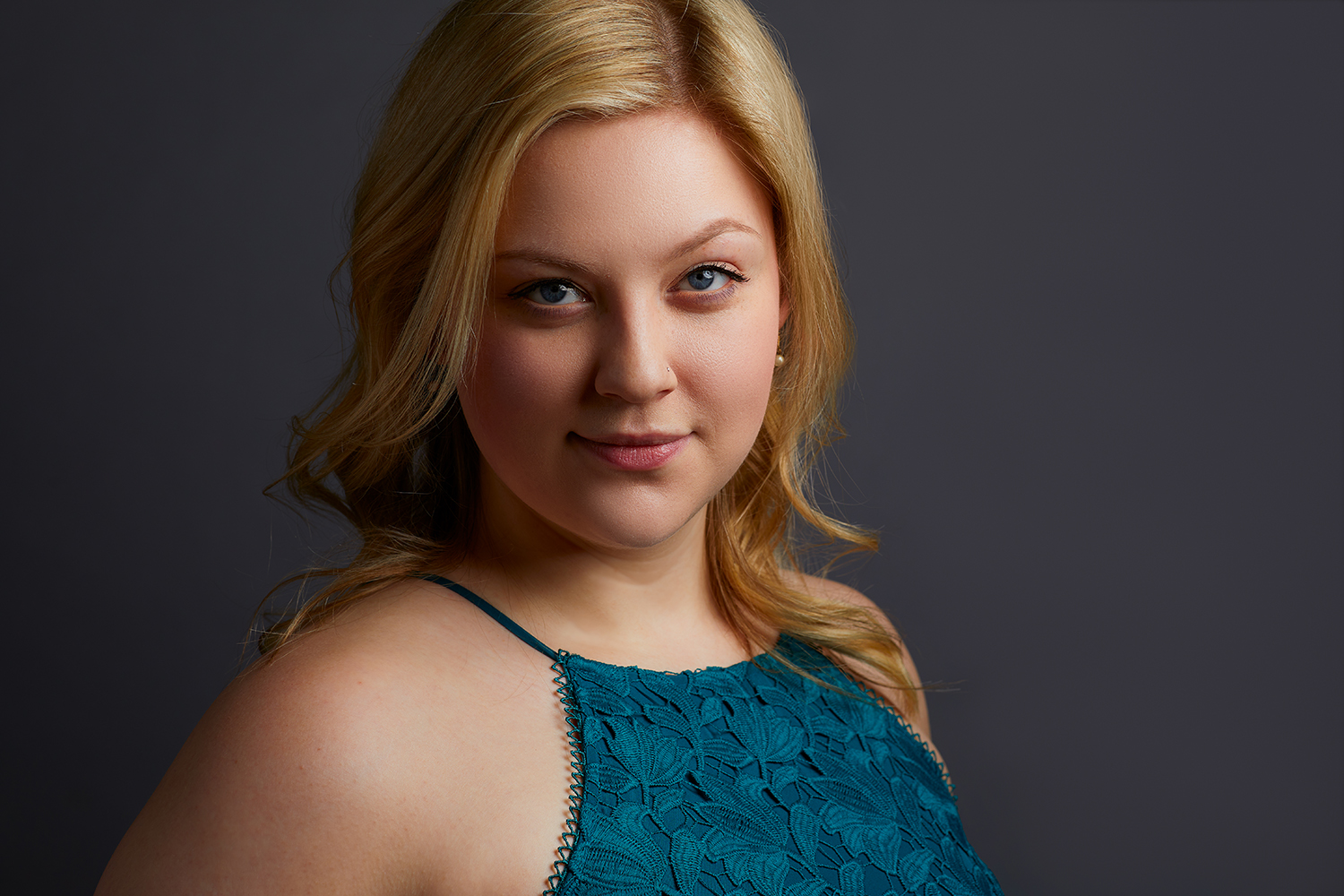
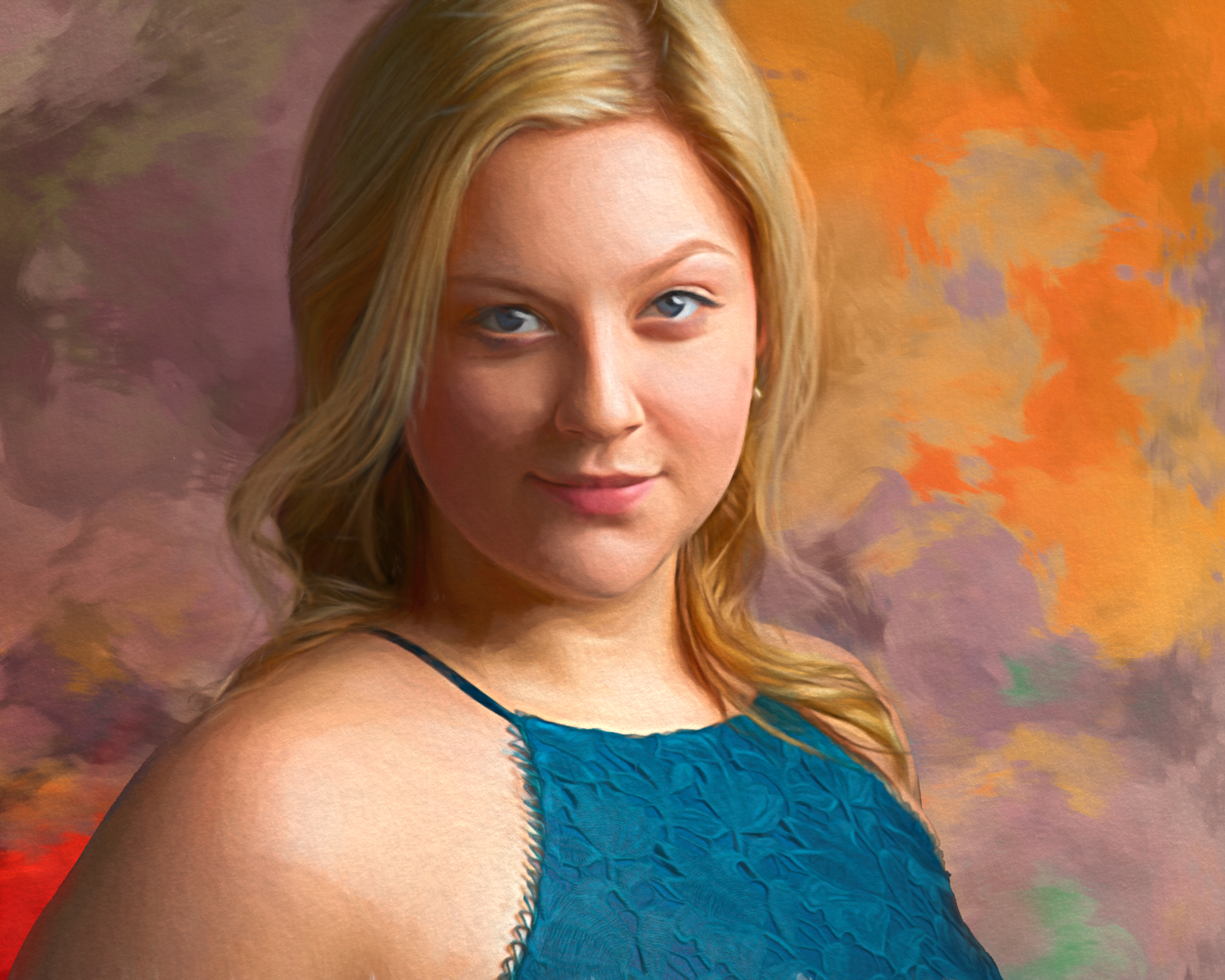
I started out trying a few different styles and checking in with Birch House to see just what kind of oil painting style they preferred. They gave me a few references in a realistic style, so I adjusted to that style and created in that vein. After the initial work, the image looked good, but the gray background felt a little lackluster, so Birch House asked about putting in a painted background. I found some abstract textures and added one and then drew in some extra hair for Sarah on either side. Lighting is always the big challenge here, as the painting was initially taken in moody lighting, and that lighting will be present in the painting as well. But should it? I wasn’t sure, so I made an alternate test version that abandoned realism for style, boosting saturation and texture and flattening out the shadows. This was a bit to far, so we kept with the initial version, which looked great when cropped vertically (getting rid of the shadow question altogether) and framed.
Creative Portraits with Rian and Simona
With the Auxientia live action steampunk role-playing game covered in last week’s All Worlds Traveller, I offered portraits to the participants. Since I was one of the game’s creators, I wanted to offer small, complimentary, unedited portraits to the participants as mementos of their characters, but I also offered to sell full, edited, retouched portraits along with daguerreotype interpretations. In the last week, Simona and Rian, the couple that added a beautiful and hilarious romantic comedy narrative to the Auxientia story, reached out to ask if they could have their portrait done as an oil painting in a smoother and slightly more abstract style. We went through a number of iterations in different painting styles before arriving at Simona’s favorite, the bottom one in the gallery below.
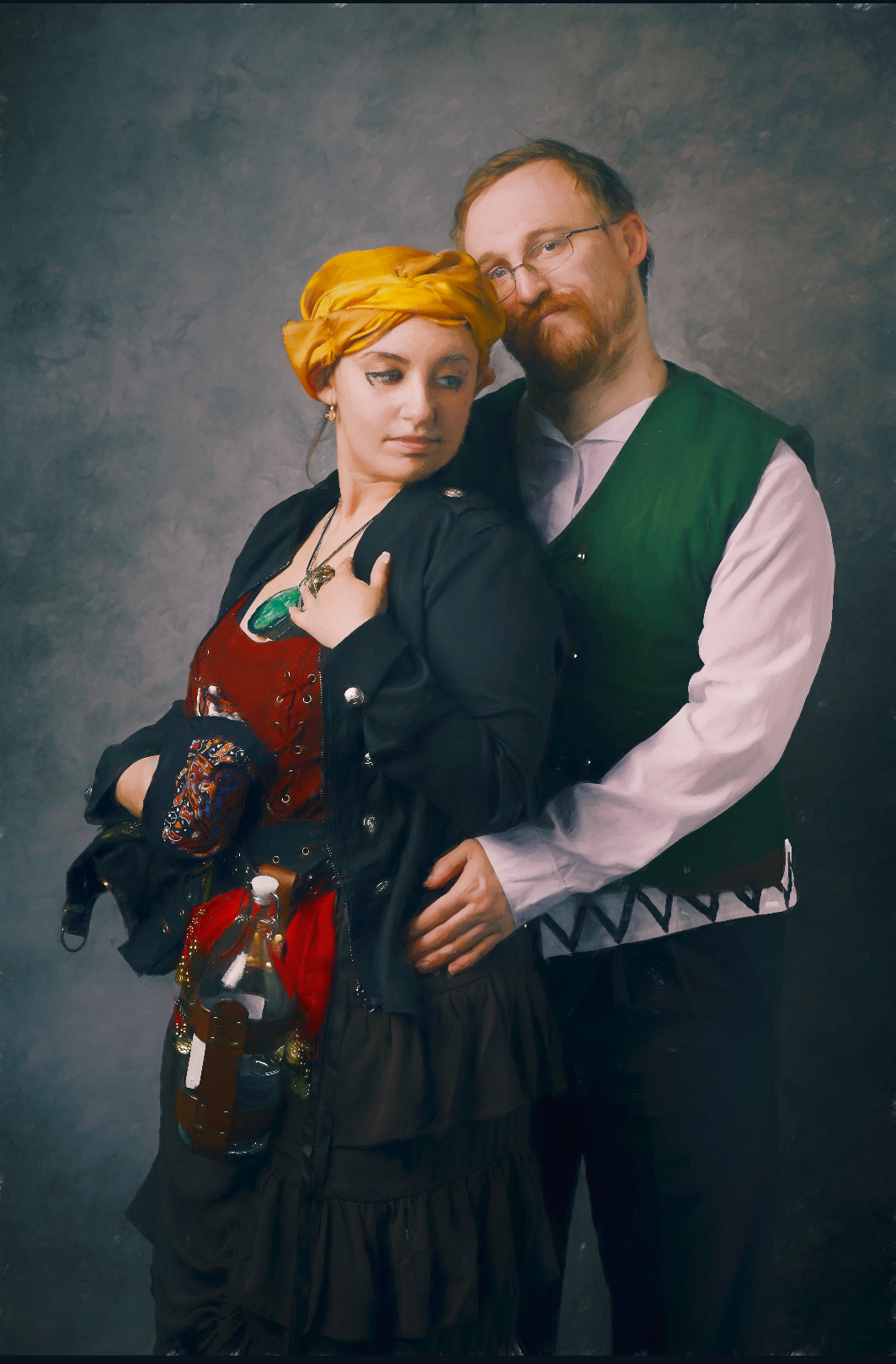
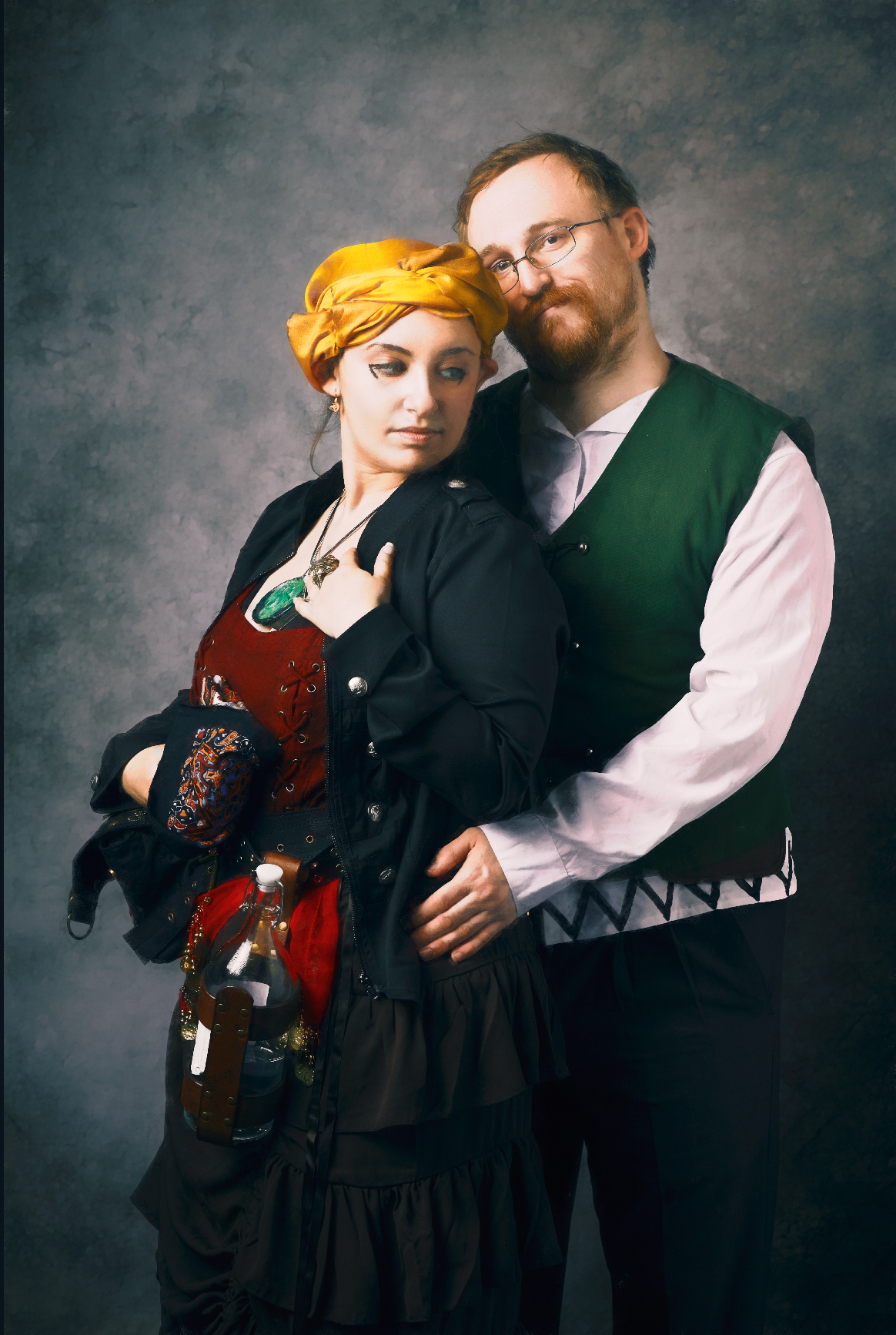
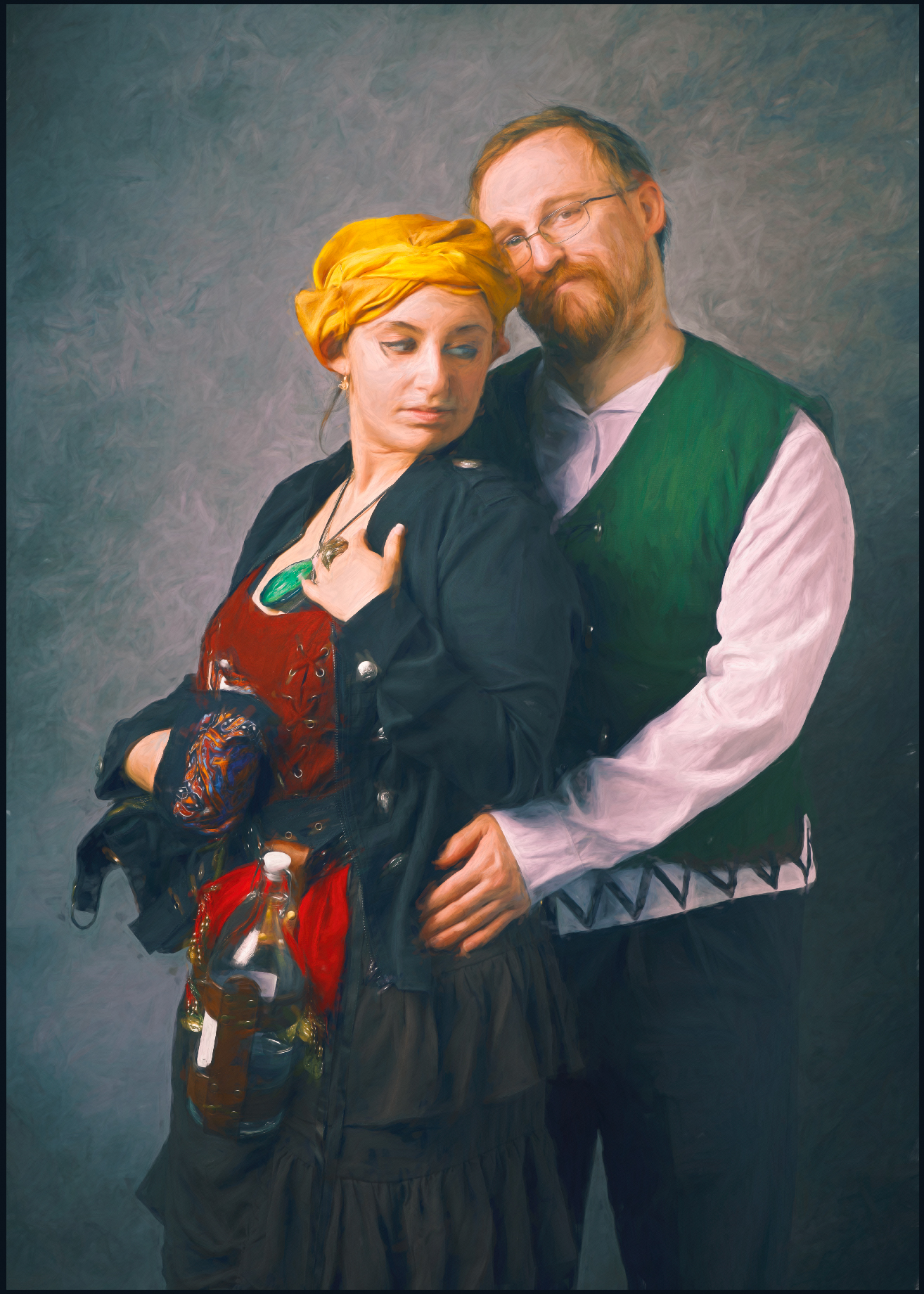
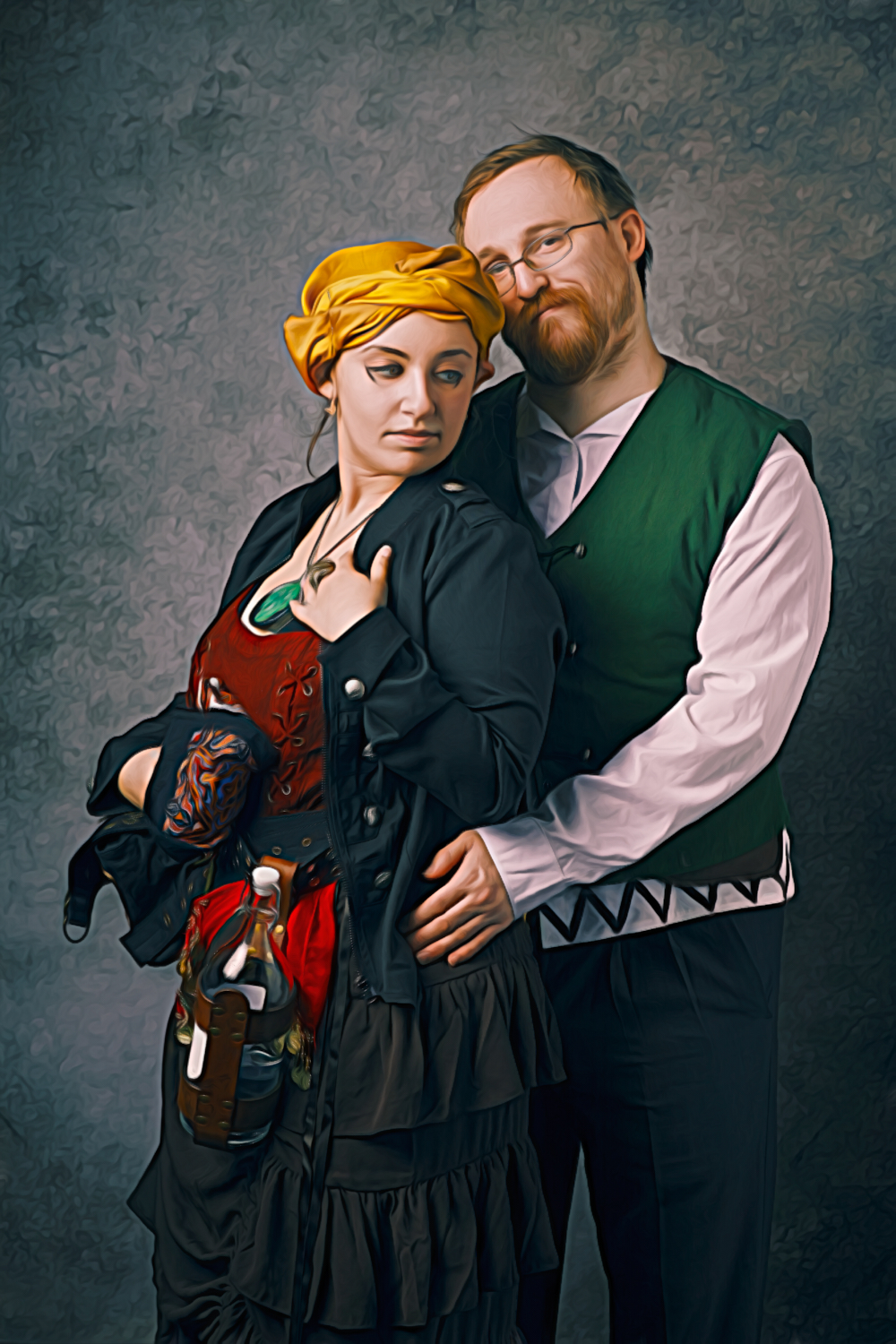
I also created their daguerreotype, once again using tools and education from Spoon Graphics.
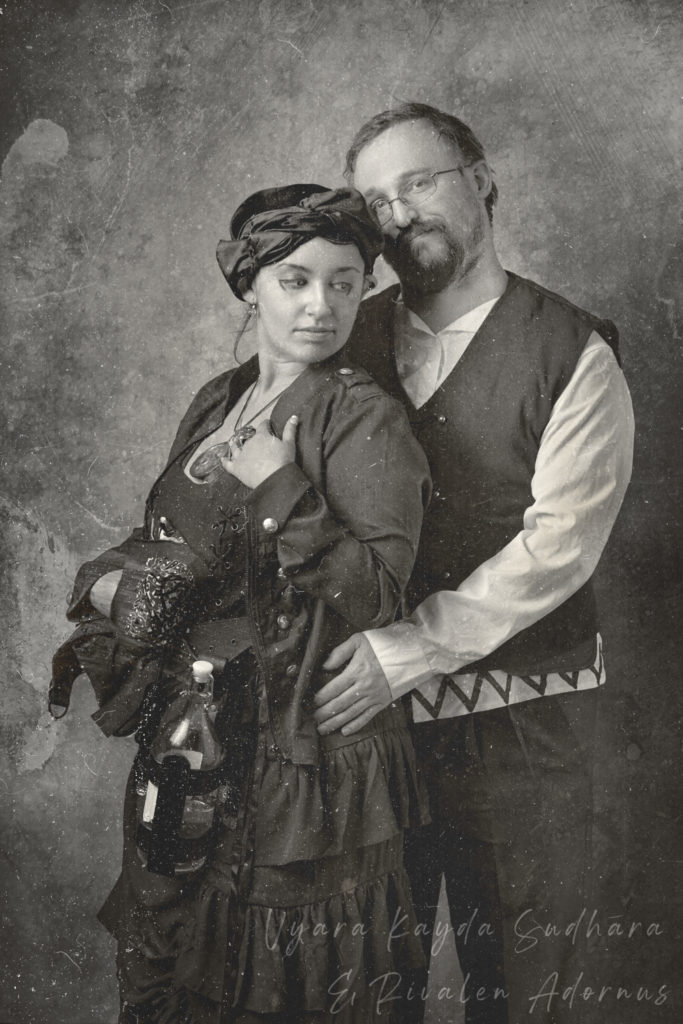
Light and Shadow
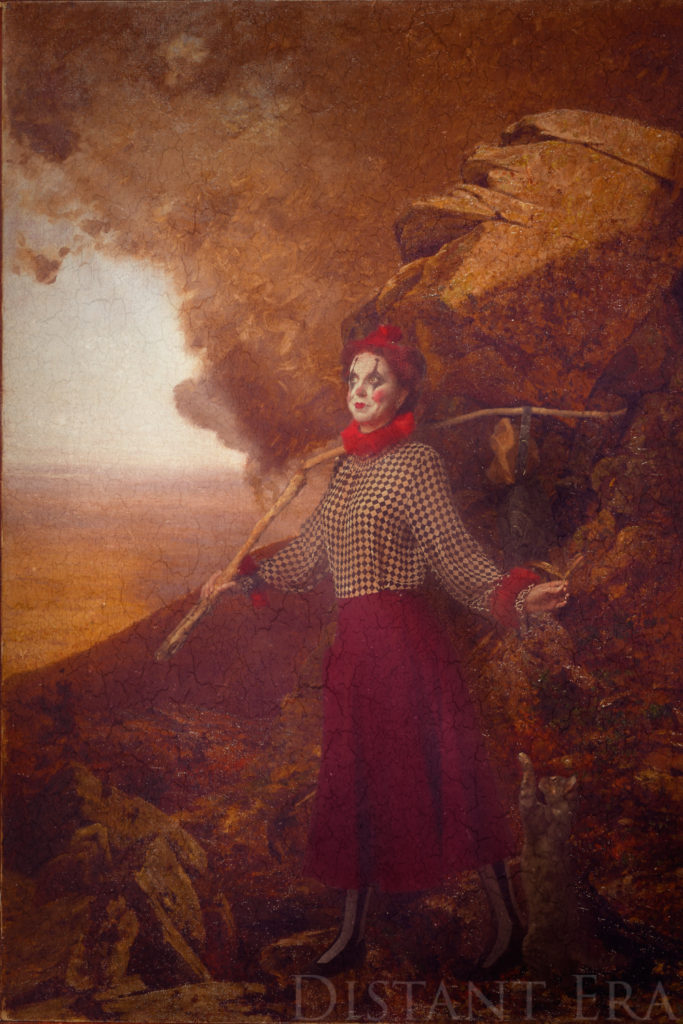
You’ll notice that much of the overall look and mood in these portraits, painted and otherwise, is informed by the lighting and background. Portraits like the ones at the top, taken on a dark background with specific lighting, are all about little zones of light and big areas of shadow. There is a vast amount to learn in the realm of fine art compositing, especially concerning the way that light works, the way it reflects, the way it wraps around a subject, the way shadows are cast and the way they’re defined depending on the hardness or softness of the light.
These are all eternal goals to pursue and techniques to improve. Perhaps more important is to experiment, have fun, play. There’s nothing more conducive to creating.

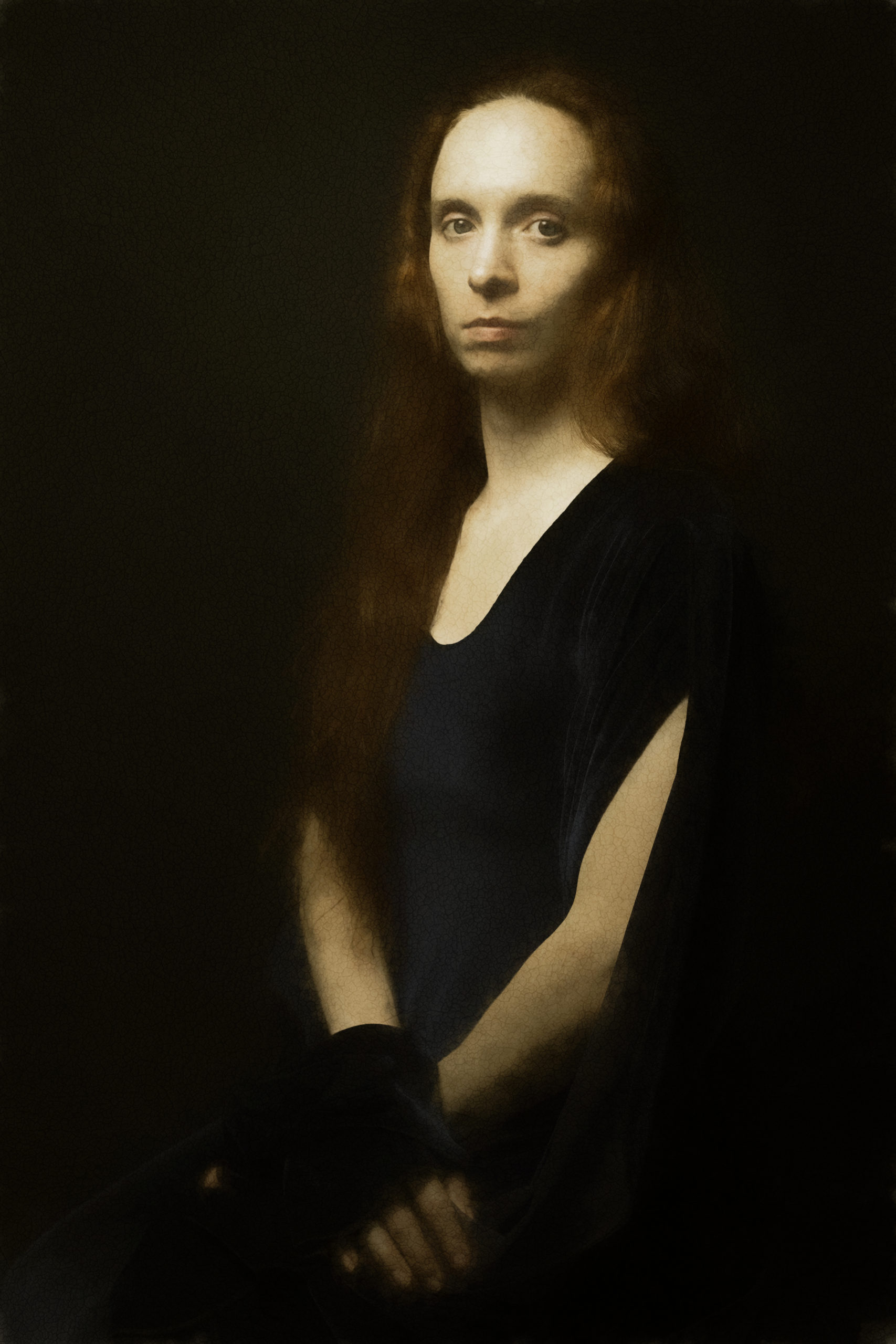
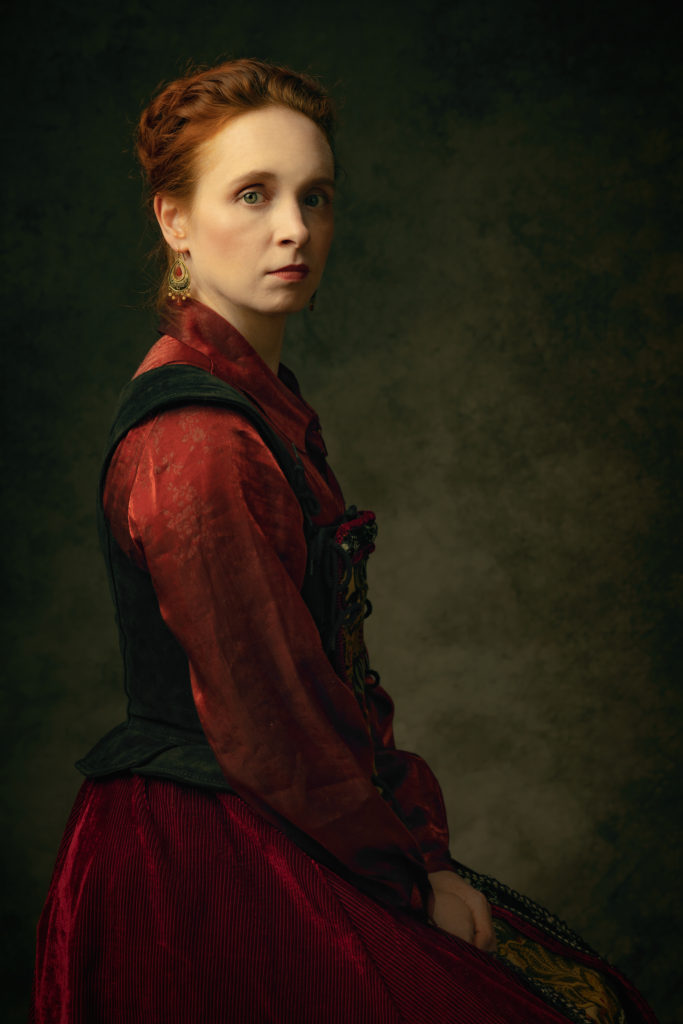

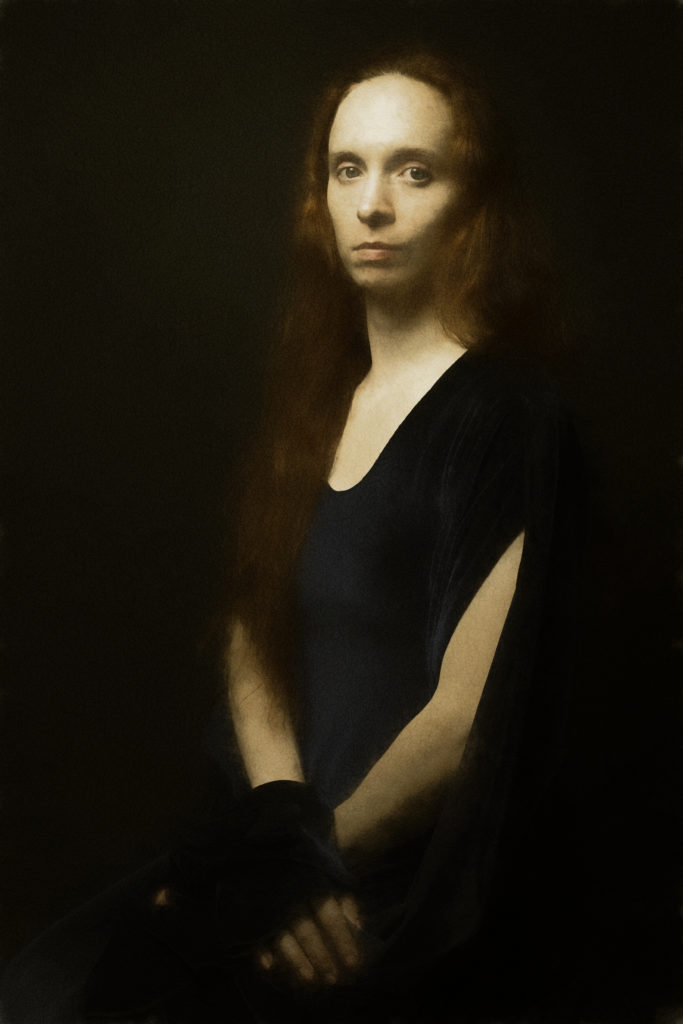
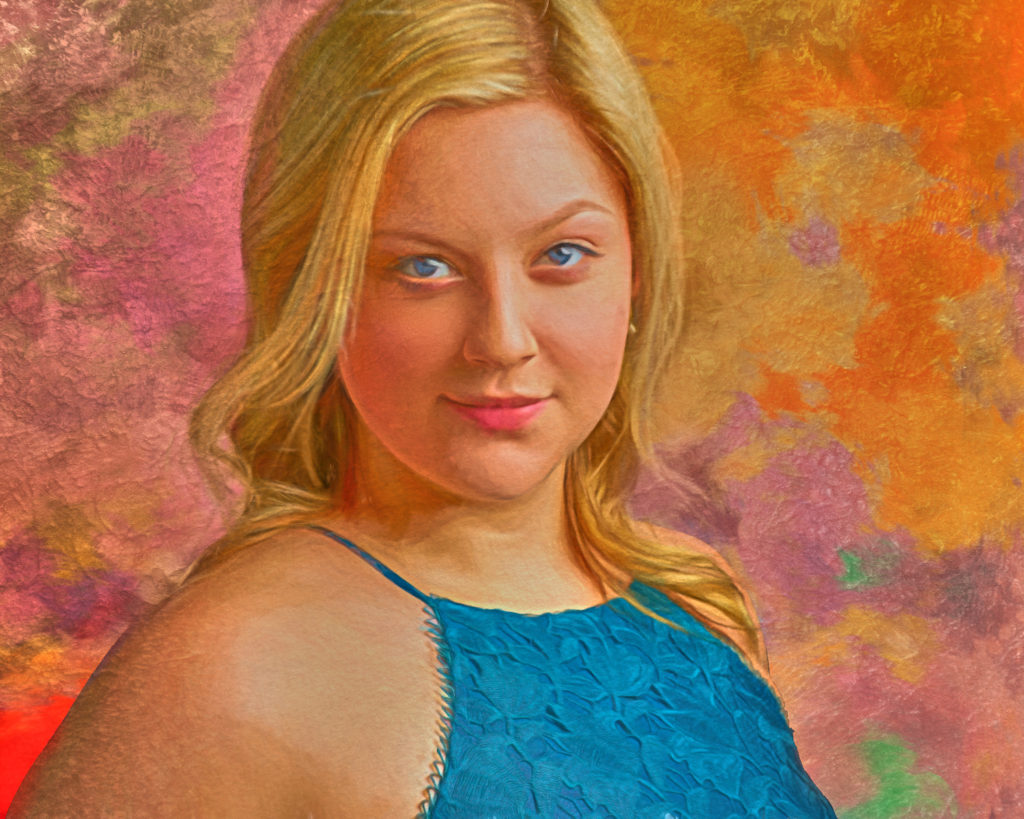

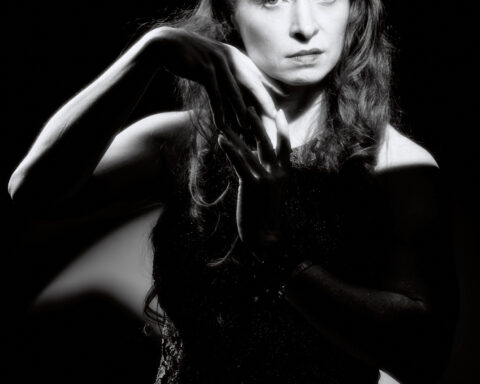
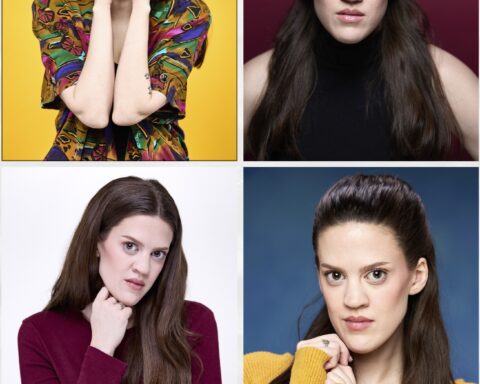

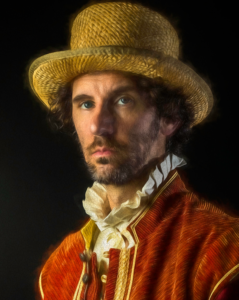
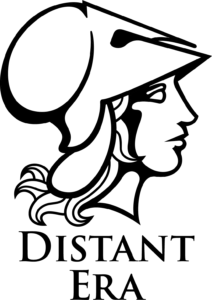
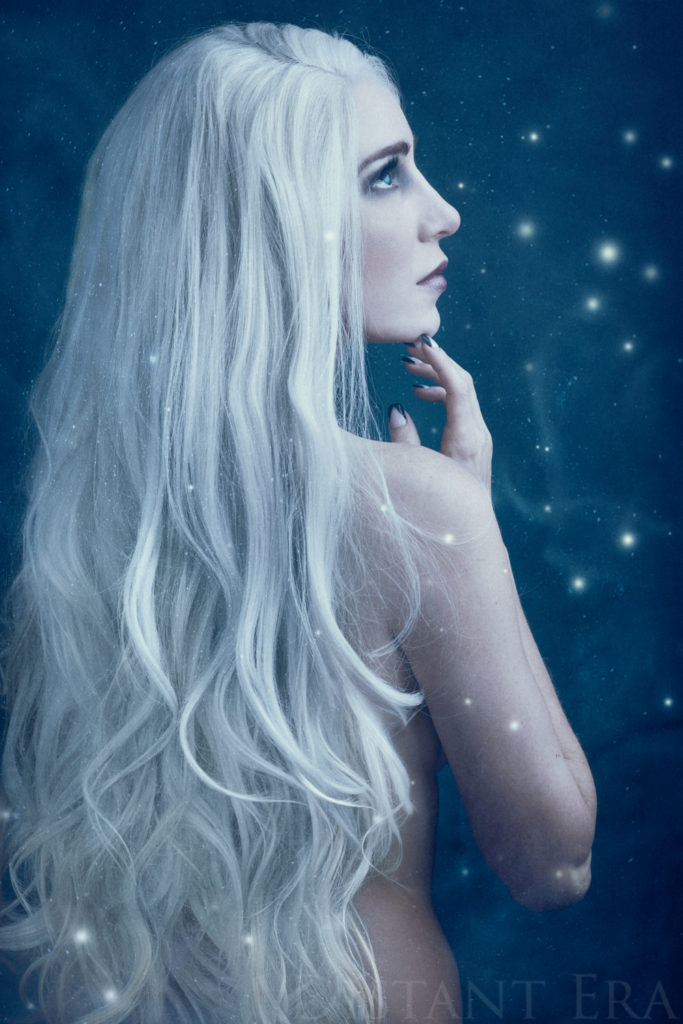
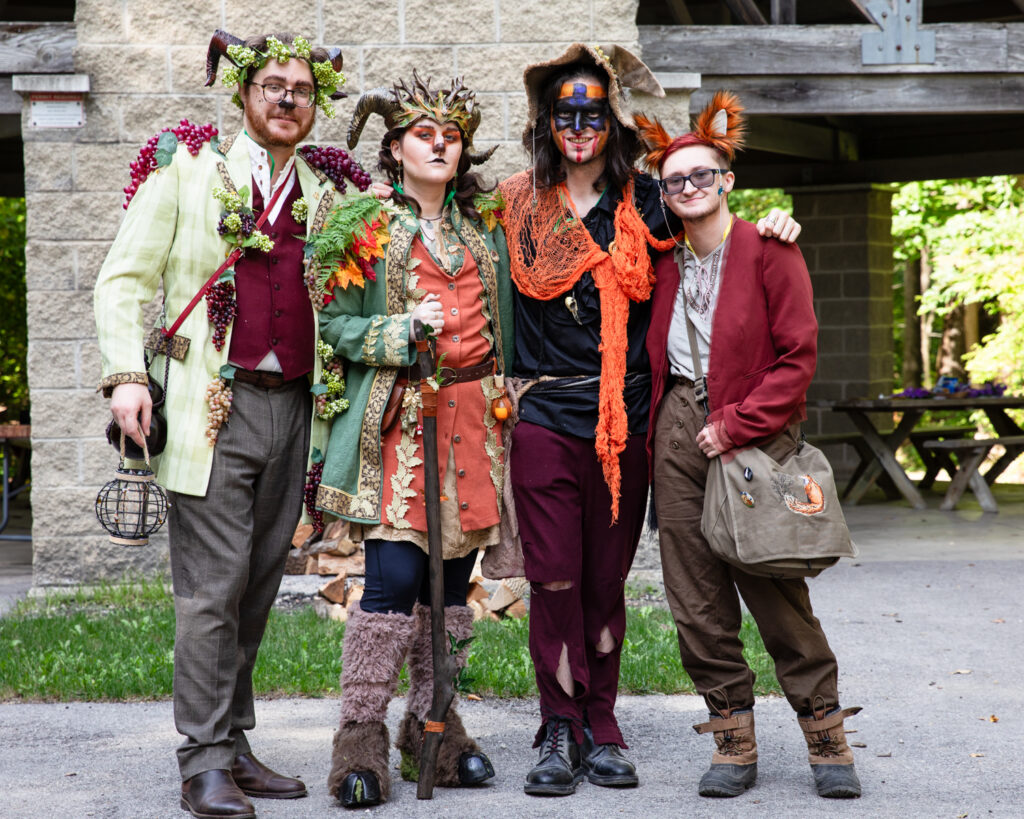
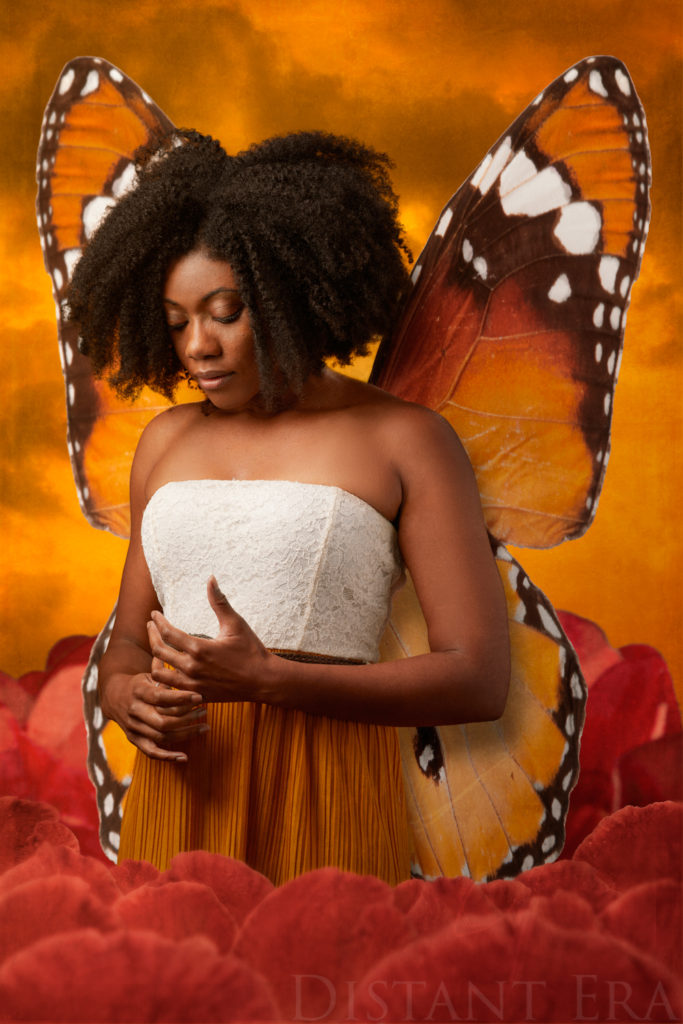
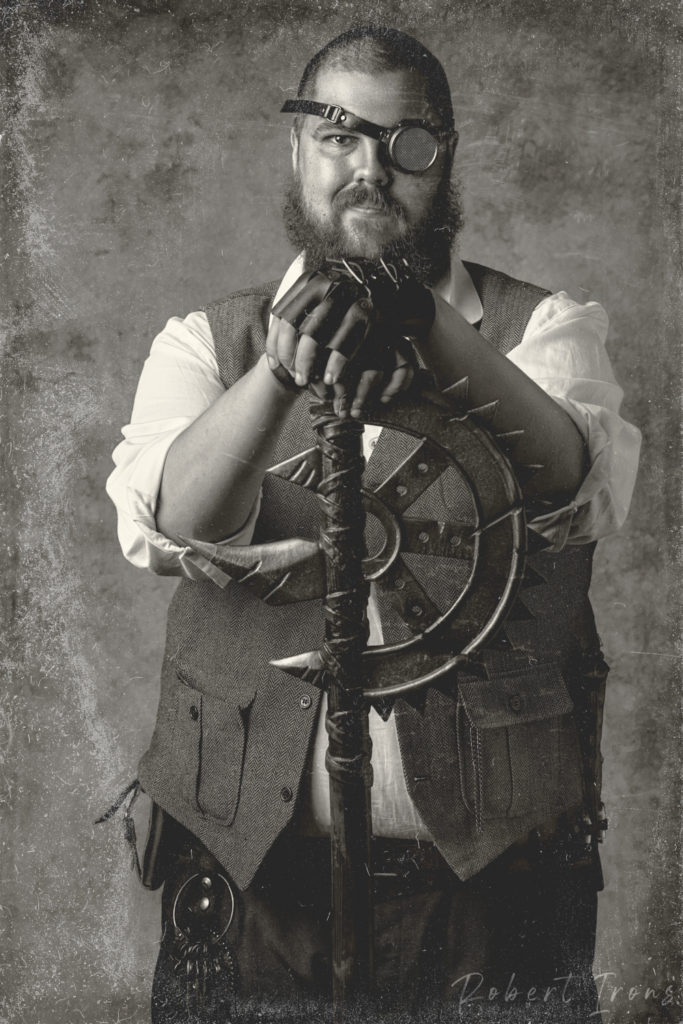
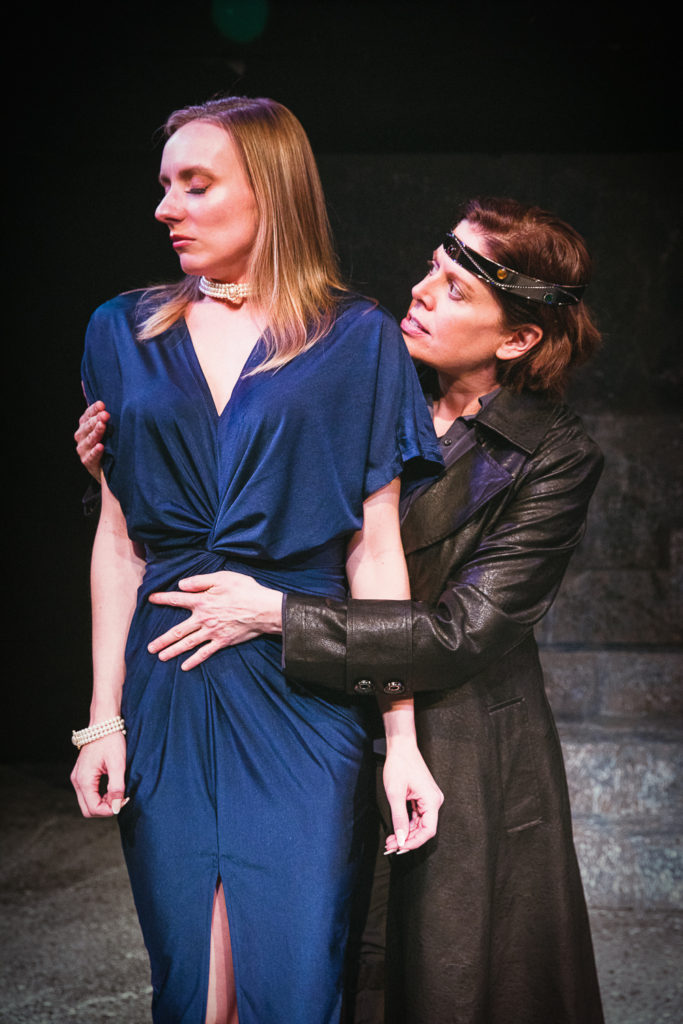

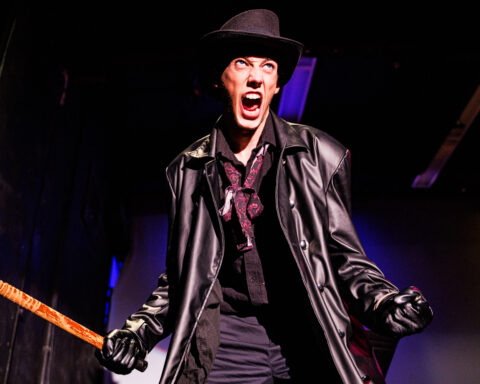
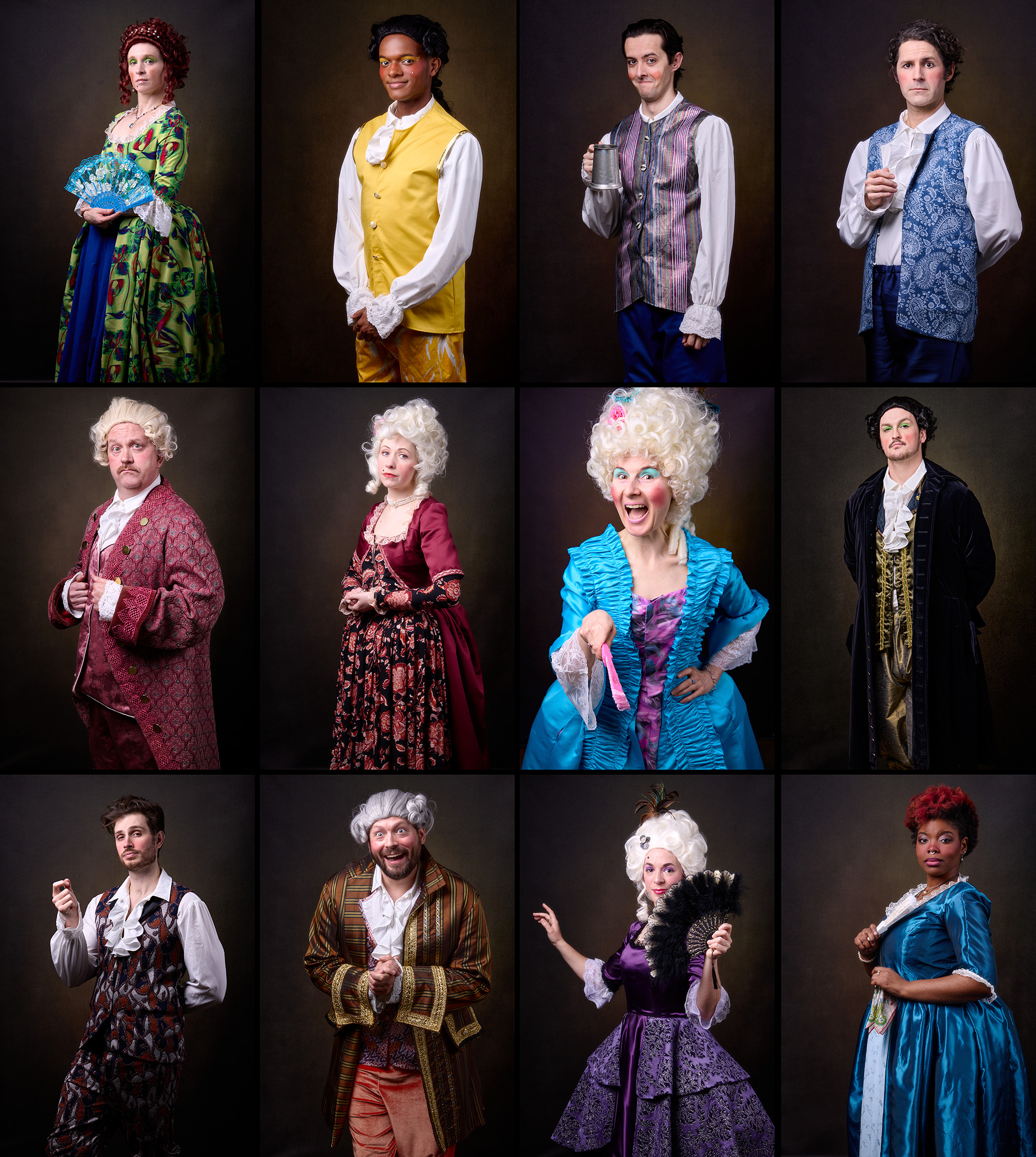
Follow Me